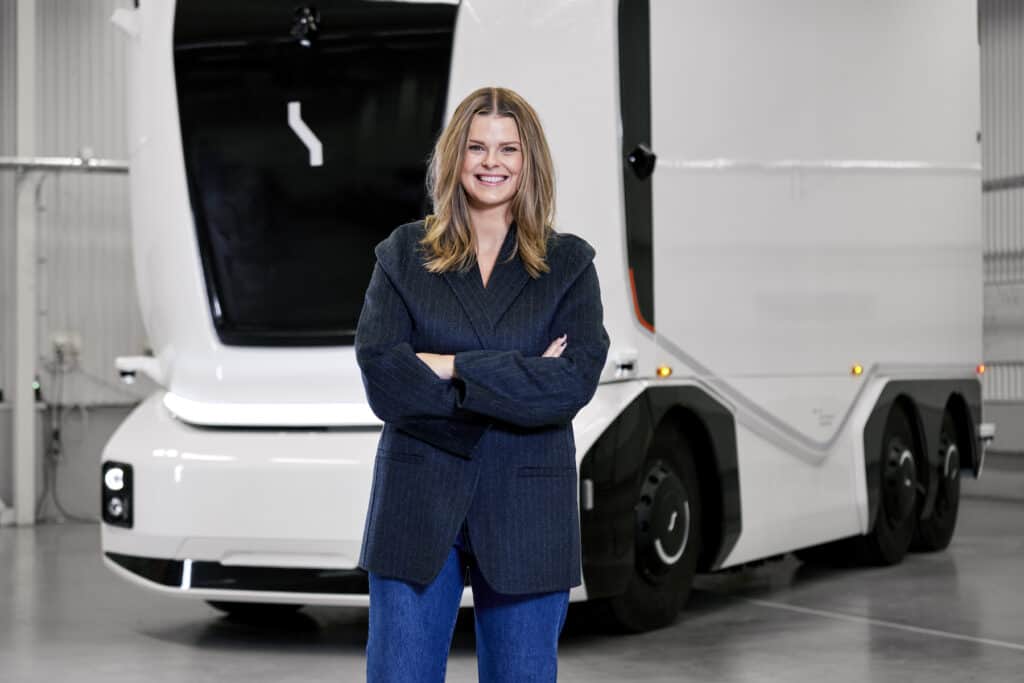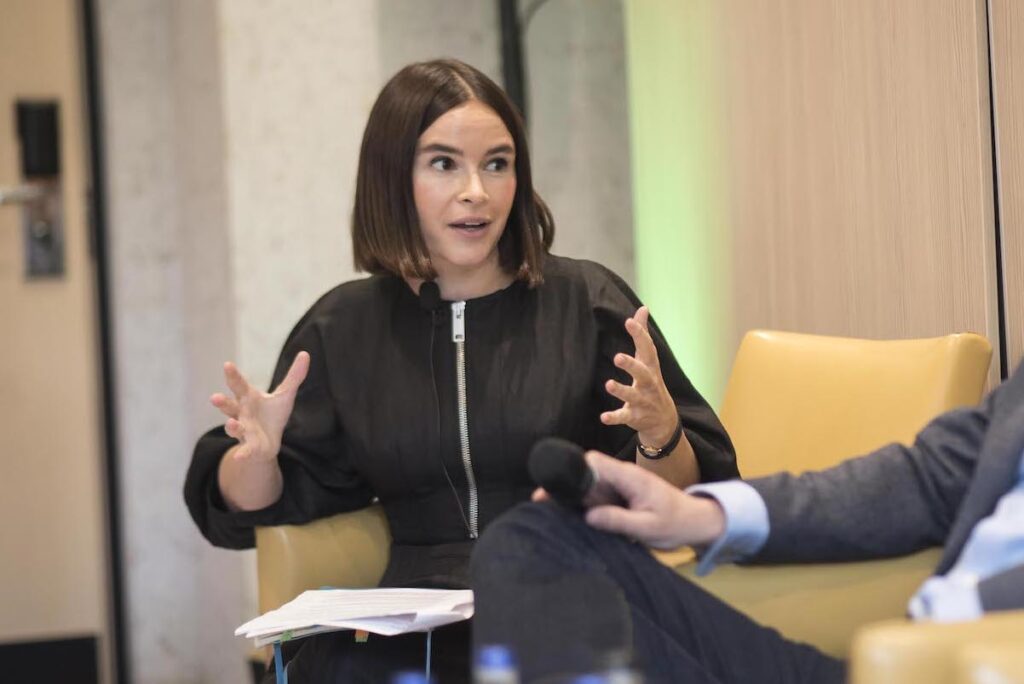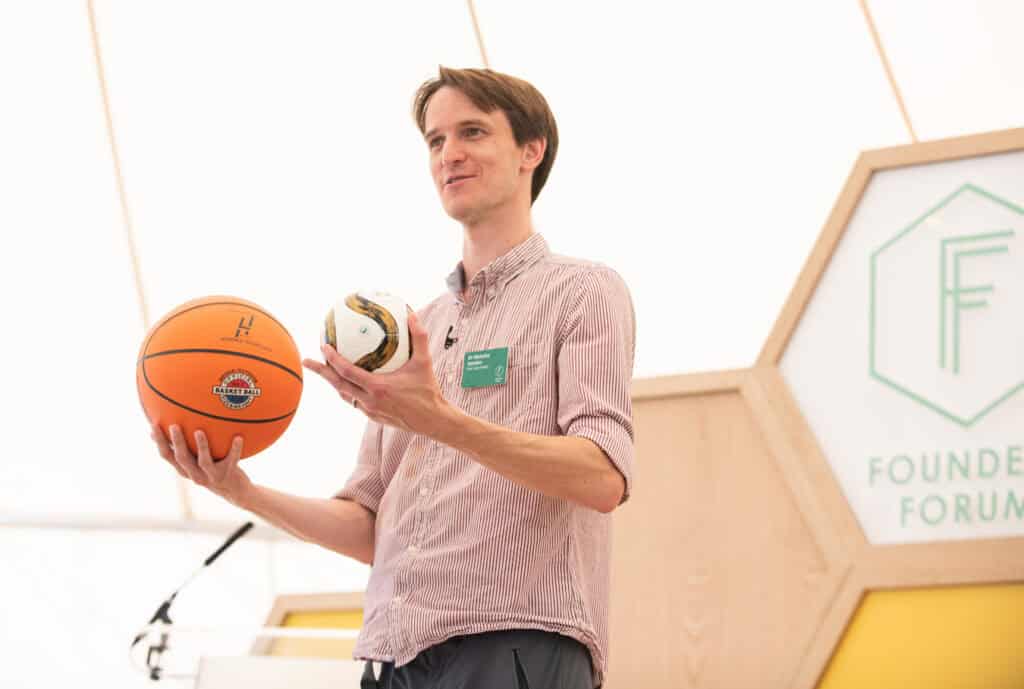Inna Braverman’s Eco Wave Power is building the world’s largest wave energy power plant and connecting wave power to the grid. Read more in our ClimateTech 2023 report.
At just two weeks old, Inna Braverman suffered respiratory arrest due to pollution from the Chernobyl nuclear disaster. Her mother saved her life with mouth-to-mouth resuscitation. She’s devoted her life to clean energy ever since.
Today, Inna’s Eco Wave Power produces clean electricity from ocean and sea waves by attaching its energy-converting floaters to existing structures like piers, breakwaters, and jetties. The company operated the world’s only onshore grid-connected wave energy power station for six years in Gibraltar.
Inna is now set to open the first grid-connected wave energy power station in the history of Israel. She recently launched the first US-based power station in the Port of Los Angeles’ AltaSea and announced plans to build the world’s largest wave energy power plant on Turkey’s Black Sea coast.
Inna Braverman: Making Waves
Wave energy alone has the potential to produce twice the amount of electricity the world currently produces, according to the World Energy Council.
More than half the world’s population live within 100km of a coastline, so energy companies can save on transmission costs. Water is also 832x denser than air, so a small ocean current can produce more kinetic energy than 200 mph winds. That means you can produce much larger electricity amounts with smaller, cheaper devices.
“Wave power is the only renewable energy source that can generate electricity day and night, 24/7,” Inna notes. “If we’re aspiring towards 100% environmentally-friendly energy generation, then wave energy has to be a part of the equation.”
When Inna started Eco Wave Power in 2011, age 24, wave energy technology was often dismissed as too expensive or too complex. Going public, first on the Nasdaq in Sweden and then in the US, was a major milestone.
“If you’re a B2G company like us, going public creates the transparency you need to work with governments. After we IPO’d, we were able to significantly extend our project pipeline and sign more concession agreements.”
Wave Power: Spreading the Word
Regulation remains a challenge. “It can take as little as six months to build a pilot wave power station and as long as three years to get approval for it,” Inna explains.
To drive change, Inna works the media. She’s pictured with Arnold Schwarzenegger and Hillary Clinton at global climate summits, and Eco Wave Power’s press coverage is a series of world firsts.
To raise awareness for her technology, Inna invites media and government leaders to her pilot power plants.
“If you’ve heard of wave energy’s potential, but never seen a wave energy device, why would you regulate it? When regulators see a product in action – and see the media and other politicians respond well to it – they want to come on board.”
Download our ClimateTech 2023 report for more insights from top climate tech founders. Plus, discover our European climate tech startups to watch!
 All Posts
All Posts


